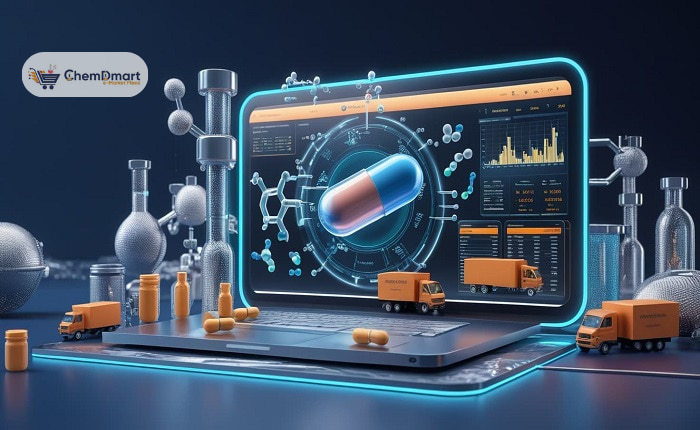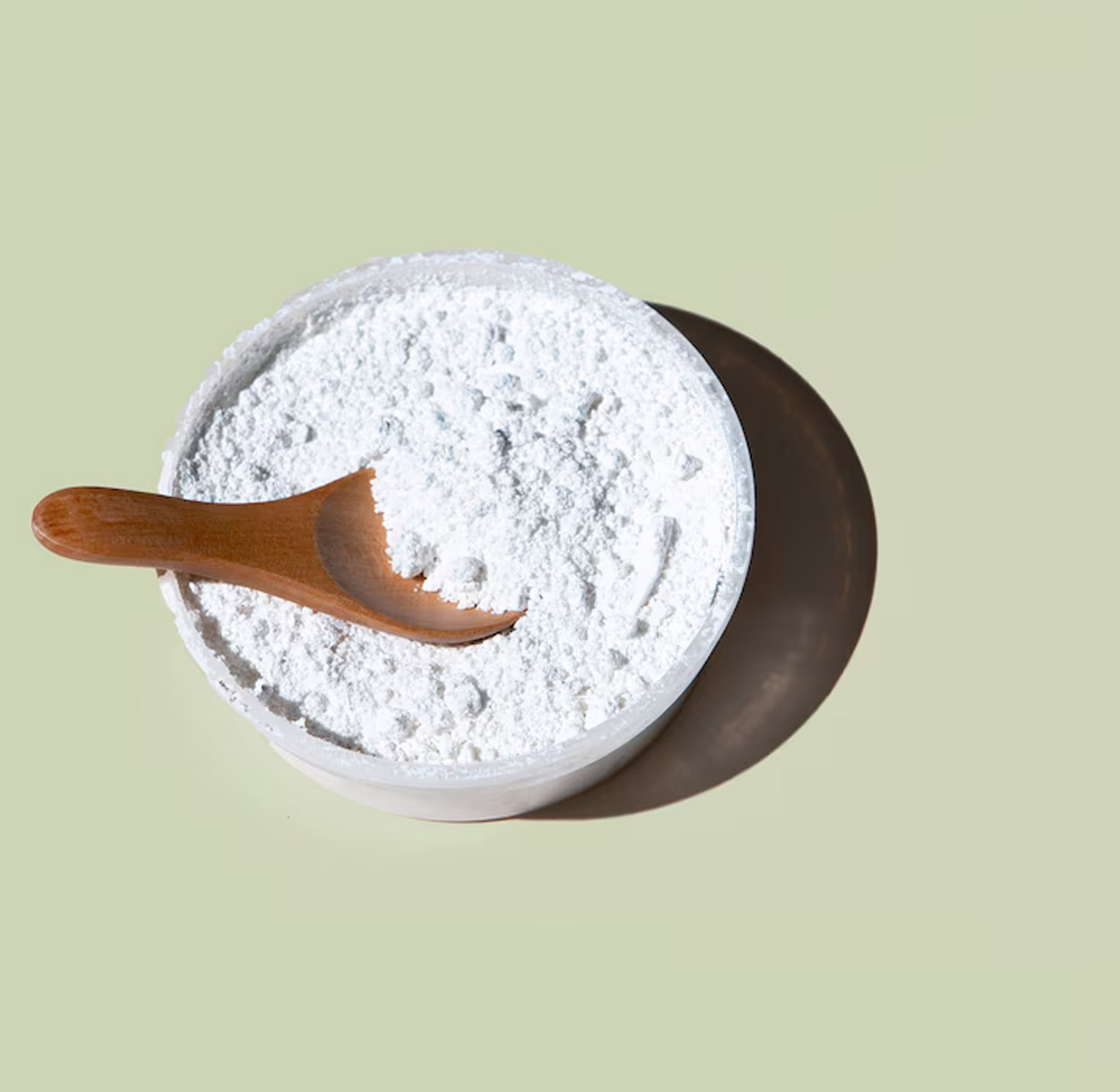
Every tablet, injection, or capsule depends on raw materials that are tested, purified, and precisely chosen. Miss the mark here, and everything downstream, quality, safety, efficacy, falls apart.
From active pharmaceutical ingredients (APIs) that fight disease to excipients that make drugs stable, absorbable, and palatable, each raw material plays a critical role in how medications perform.
Understanding these inputs isn’t just important for manufacturers. It’s essential for regulators, procurement heads, and even investors tracking the pharma supply chain.
In this guide, we break down the types of raw materials used in pharmaceuticals and expose the sourcing risks that can derail even the best formulations.
Let’s start with the raw truth, without pharmaceutical ingredients, there is no medicine. No relief, no recovery, no results. Everything begins here.
Pharma raw materials are the essential substances used to manufacture drugs—everything from the core therapeutic compound to the invisible agents making it stable, safe, and effective.
They fall into three primary categories:
Each one has a distinct role, and missing even one can cripple the final formulation.
Here’s a breakdown worth saving:
|
Category |
Function |
Example |
|
API |
Directly treats or prevents disease |
Paracetamol, Amoxicillin |
|
Excipient |
Enhances formulation, delivery, or taste |
Starch, Lactose, Magnesium Stearate |
|
Process Material |
Assists in manufacturing or stability |
Ethanol, Sodium Benzoate |
If you’re in pharma—or even sniffing around it—this is the list you can't afford to ignore.
Raw materials aren’t just inputs. They’re the lifeblood of every formulation. They define what a drug is, how well it works, how fast it hits the market, and how deep your profit margins go.
Let’s break down each category, no fluff—just pure pharmaceutical firepower.
These are the heavy hitters. The real deal. The compound that actually fights the disease, relieves the symptom, or targets the tumor.
Think of excipients as your support squad. They don’t treat the disease—but they make damn sure the API can.
Every one of them? Must pass ISO 9001, FDA, and pharmacopeial compliance. No shortcuts. No sloppiness.
You don’t see them. But without solvents, your lab is a crime scene and your process doesn’t work.
These are the unsung heroes in the API pipeline. No one talks about them—but without them, APIs never make it out of the lab.
This is where logistics meets chemistry. Handle with precision—or not at all.
You want specialty drugs? You need fine chemicals.
Used in oncology, hormones, rare diseases. Low volume, high margin. This is premium chemistry with profit baked in.
Pellets are pharma's precision tool for controlled-release.
Perfect for chronic meds where one-and-done dosing changes everything.
And yes, big pharma loves them because they’re hard to replicate.
Let’s be blunt: Impurities will kill your drug faster than a bad review on Glassdoor.
Three types to watch:
Regulators will hunt them down with atomic-level precision. Don’t get sloppy. One impurity too high, and your approval is toast.
These are the crossfitters of pharma—part food, part drug, all about prevention.
With the world obsessed with wellness, the nutraceutical wave is turning into a tsunami. And pharma's cashing in—fast.
Here’s a cold fact: Packaging can make or break a drug, literally.
It’s not just wrapping. It’s insurance for your product—and your reputation.
If you’re involved in drug development, sourcing pharma ingredients and raw materials isn’t just procurement—it’s a daily battle against chaos.
The terrain is messy: think counterfeit products, geopolitical delays, pricing whiplash, and regulatory red tape.
Here’s a clear breakdown of the real threats you need to watch.
This one keeps quality teams awake at night.
Fake or substandard raw materials sneak into global supply chains more often than you think. They’re hard to detect—and even harder to control once they’re in circulation.
Examples?
To counter this, pharma manufacturers are turning to advanced technologies:
Each method gives you a layer of defense—but no single solution guarantees full protection.
COVID didn’t break the supply chain. It simply exposed how brittle it always was.
One border closes. One vessel delays. One policy shifts. Suddenly, your production line goes silent.
Why?
Because India and China supply over 70% of global APIs and pharma intermediates. Heavy dependency means single points of failure.
Real consequences:
Smart pharma companies are now building multi-country sourcing networks and investing in real-time risk tracking.
You could pass FDA review and still fail in Europe. That’s how fragmented the global pharmaceutical landscape is. Each region—US (FDA), Europe (EMA), India (CDSCO), follows its own playbook.
Challenges include:
This slows approvals, delays manufacturing, and creates compliance debt that bites back later.
To win globally, regulatory fluency must become a core function, not a reactive fix.
Here’s what your CFO hates: API prices that swing 40% in six months. Fuel hikes. Political tensions. Tariffs. Regulatory bans. It all feeds the volatility.
Case in point: The US-China tariff war led to 15–25% price hikes on key pharma raw materials. Some smaller players couldn’t absorb the shock—and exited.
What helps?
Manage your input costs—or get ready to watch your margins disappear.
Consumers notice. Regulators care. And your reputation’s on the line. Some raw materials are produced in regions with questionable environmental practices and poor labor ethics.
Examples:
These aren't PR risks, they're operational liabilities.
Sustainable sourcing isn’t idealism anymore. It’s survival.
Smart companies now vet their entire supply chain for environmental impact, ethical labor, and regulatory compliance.
It’s not just about doing good. It’s about future-proofing your license to operate.
Sourcing pharma ingredients and raw materials shouldn't feel like rolling dice. With ChemDmart, it becomes a repeatable, data-backed process—built for pharma buyers, not general marketplaces.
Let’s break it down step-by-step:
Start by entering your required API, excipient, intermediate, or fine chemical into the search bar.
No irrelevant hits. No distractions. ChemDmart is pharma-only—every result is tied to pharmaceutical raw materials.
Narrow your results instantly using filters that align with your quality and compliance goals:
This gets you to viable suppliers without the back-and-forth.
Click on any result to access a complete supplier profile, no guesswork involved.
What you’ll see:
|
Data Point |
Use Case |
|
Revenue & Scale |
Helps assess operational maturity |
|
Product Range |
Shows API, excipient, or intermediate focus |
|
Manufacturing Sites |
Know where the product is made |
|
Certifications & Audit History |
Instantly check regulatory compliance |
|
Conference Participation |
See market activity and industry reputation |
All this info is pre-vetted—saving you hours of manual research.
Found a promising vendor? Submit your Request for Quote (RFQ) directly.
You can request:
Everything is centralized, making it easy to manage communication and timelines.
Once quotes arrive, don’t just compare on price.
ChemDmart makes it easy to weigh:
This makes your sourcing decision strategic, not reactive.
Once you’ve selected the supplier, send your purchase order (PO), initiate pilot orders, or negotiate long-term contracts.
All data and decisions remain audit-friendly.
Most platforms stop at listing suppliers. ChemDmart takes you all the way to the deal.
It transforms pharma sourcing into a traceable, compliant, and efficient process that’s built for regulated industries.
When you need to source pharma ingredients and raw materials, don’t gamble. Use ChemDmart—and make every decision backed by data.
The pharmaceutical industry doesn’t run on luck—it runs on precision, purity, and process. Every tablet, capsule, or vial starts with the right raw materials.
From active pharmaceutical ingredients that fight disease to excipients that ensure delivery, each material plays a vital role. Solvents, intermediates, pellets, nutraceuticals—even packaging—shape how drugs perform and how patients heal.
Join ChemDmart today, where verified suppliers, regulatory data, and global reach meet.
Start sourcing smarter.
